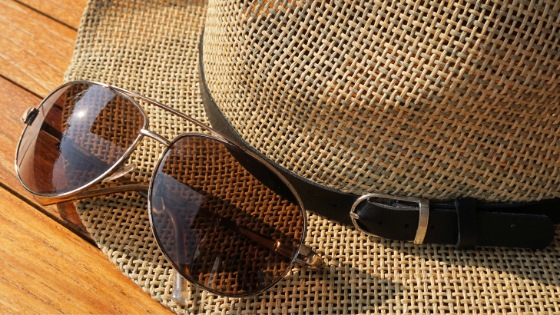
Sunscreen and skin
Share
Spending a lot of time in the'open air is known to be good for your health for many reasons.

However, if on the one hand exposure to sunlight promotes positive effects such as an increase in serotonin (the happiness hormone) and
How to avoid ’harmful exposure to solar radiation? In'today's article and in Thursday's BonPils we try to shed some' of clarity on the subject of sun protection!
First of all, we must know that UV radiation is divided into the two main wavelengths: UVA andUVB.
• UVB
These are wavelengths that are shielded by presence of clouds. However, on clear days
UVB radiation does not encounter any obstacles and therefore prolonged exposure withoutprotection can cause the appearance of sunburn, burns and allergic reactions typical of sunlight.
• UVA
These radiations are always harmful, as not even clouds are capable of shield them.
Unlike UVB radiation, they are painless, do not cause burns or sunburn, but are able to penetrate very deeply into the skin up to the cells of the dermis where they cause the production of free radicals which can lead to photoaging, sun spots or more serious conditions such as skin cancer.

RULES TO FOLLOW
- First rule: sunscreen products must be applied even on cloudy days, in all seasons and must guarantee protection from both UVA and UVB rays!
- Creams with a sun protection factor SPF (Sun Protection Factor) shield us from both harmful radiations thanks to some molecules that are defined as UV filters.
- UV filters are substances intended exclusively or mainly to protect the skin from certain UV radiations through certain chemical or physical mechanisms. Hence their distinction in:
• PHYSICAL FILTERS
In this category we find, for example, zinc oxide (zinc oxide) and titanium oxide (tin oxide ). The mechanism by which they block solar radiation is that they are able to create a surface on the skin which allows to diffract (deflect its trajectory) or reflect (reject) solar radiation. they are therefore opaque pigments that are able to keep solar radiation away. Sometimes it can happen that the application of an emulsion containing this type of filters can form a white and opaque film.
A number of concerns have been raised in recent years by the issue of physical filters in nano form, tin oxide (nano) and zin oxide (nano). The use of these two substances in nano form makes it possible to reduce the white halo mentioned in the previous paragraph, however there are many doubts regarding the safety linked to the very small dimensions regarding the possible penetration of the nanoparticles in the organism. However, the SCCS (scientific commitee on consumer safety) has establishedthat these ingredients in nano form are safe for the end user and therefore are sunscreens sure that they do not cause any kind of damage to the final user.
• CHEMICAL FILTERS
Chemical filters, which have more complex names, such as butyl methoxydibenzoylmethane are substances that absorb the energy of solar radiation and they release in the form of another less dangerous energy. The energy is absorbed thanks to the structure of the molecules of these filters.
In valid sunscreen formulations we usually find a greater number of filters, both chemical and physical, combined with each other in low concentrations rather than a few sunscreens in high concentrations. The combined use of many filters serves to guarantee protection across the whole spectrum of solar radiation, both from UVA and UVB.

HOW TO CHOOSE SOLAR
Choosing the best sunscreen for your skin type is an age-old question that affects many people.
First of all, let's start from the skin phototype, or how the skin reacts during exposure to the sun.
Over time, numerous classifications have been developed, among which the most used is that of Fitzpatrick which identifies six phototypes based on individual characteristics, such as more or less dark complexion and eye color.

- Second rule: always choose sunscreen based on your skin phototype. If I'm very pale it makes no sense to use SPF 10 protection to try to tan earlier or more, the only result will be a nice sunburn.
This table, published in the November/December Cosmetic Technology magazine, can provide validsupport for the choice of SPF (Sun Protection Factor).

the correct amount of sunscreen to apply is also very important, in fact the right amount of product to apply is equal to 2mg/cm2
![]()

Dr. Federica D'Incà - COSMAST Master in Cosmetic Science and Technology
"Every woman has the right to be beautiful" - Elizabeth Arden
